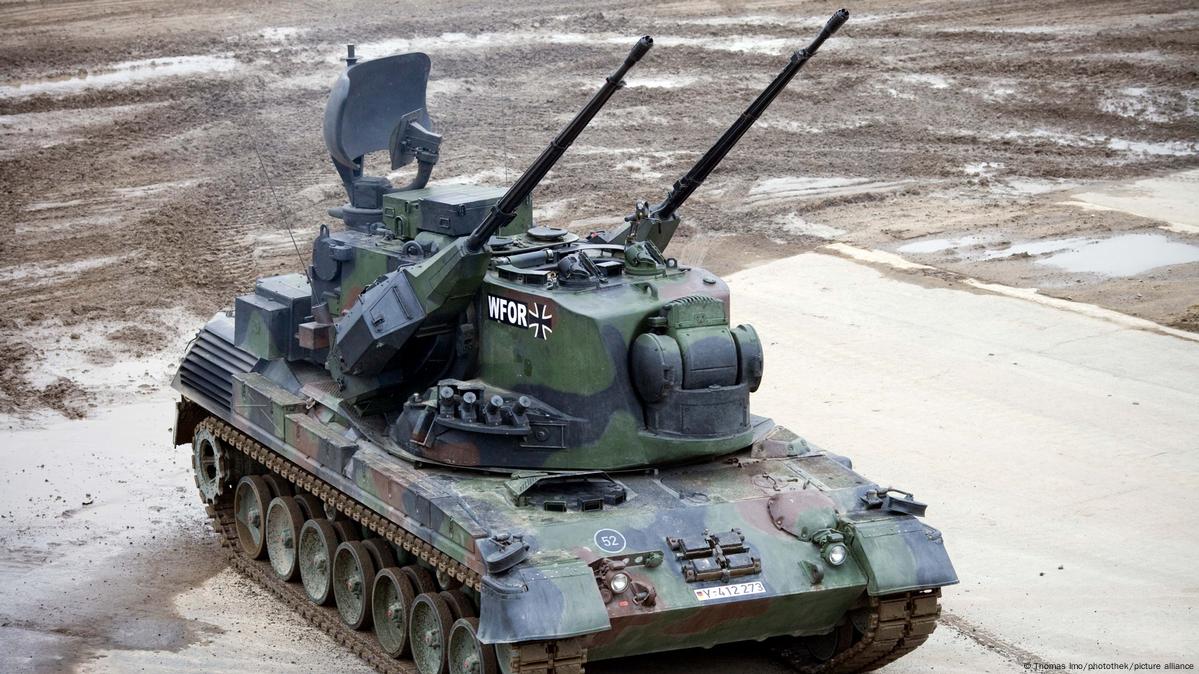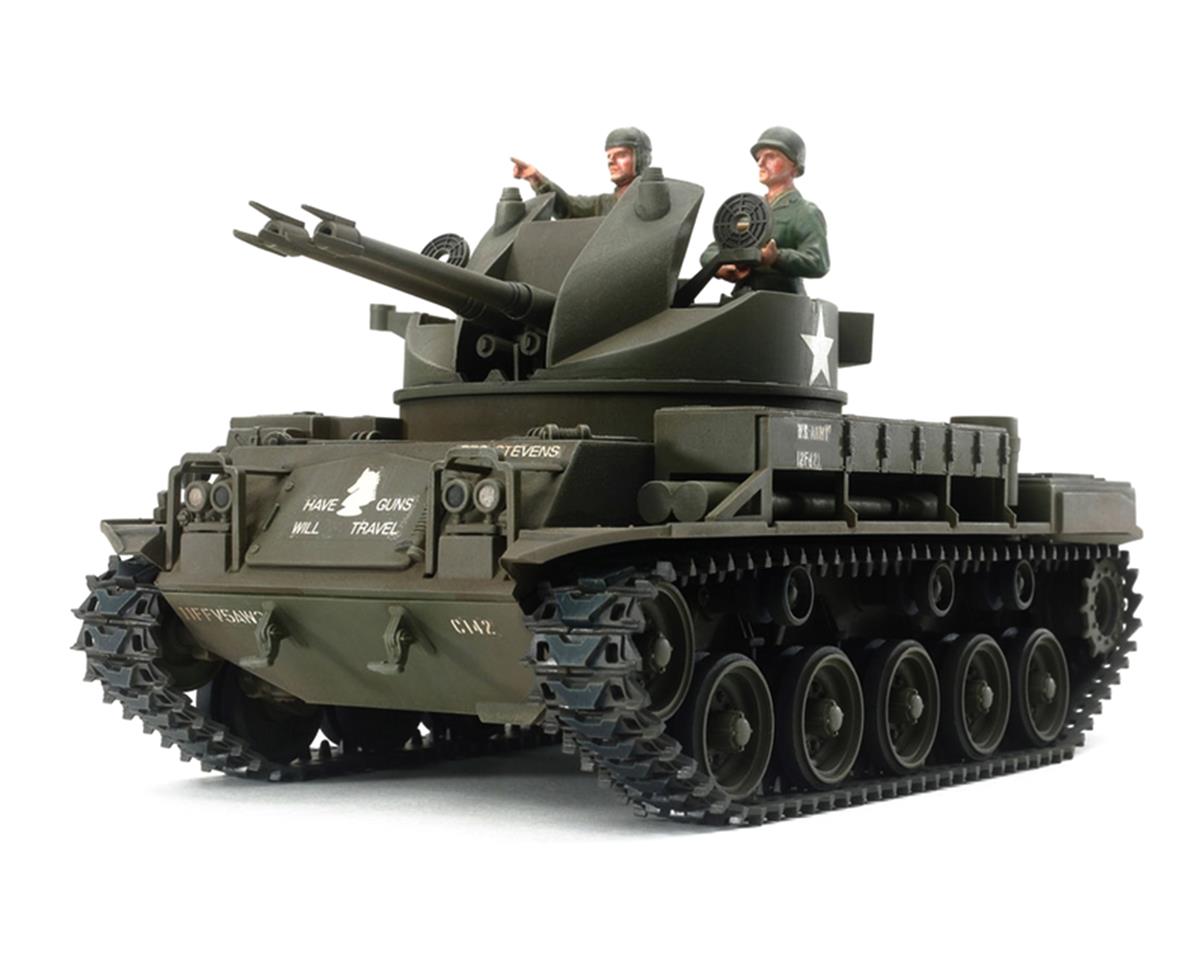U.s. Anti Aircraft Guns - The M51 Skysweeper (weapon, M51, anti-aircraft or automatic, 75 mm T83E6 and E7, recoil mechanism and loader) was an anti-aircraft weapon developed by the United States Army and United States Air Force in the early 1950s. First weapon to combine radar, analog computer (director) and automatic loader in one carriage.
The Skysweeper was introduced as a long-range surface-to-air missile, replacing the old anti-aircraft artillery systems. These missiles were very large and reactive and placed short-range missiles for the gun. The military's current arsenal was a crude collection of systems that were largely ineffective against heavy-duty and anti-aircraft aircraft during World War II. Rockets replaced the larger guns, and the Skysweeper replaced the smaller guns.
U.s. Anti Aircraft Guns

The Skysweeper system was used in the United States in the mid-to-late 1950s and in some foreign countries for a shorter period in the 1960s and 1970s. At the time, newer missile systems were closing the gap, and the military was busy developing new weapons for this role, such as the MIM-46 Mauler.
Photo] Japanese Mechanical Lead Computing Sight Mounted On A Type 96 25mm Anti Aircraft Gun; Seen In Us Army Handbook Tm E 30 480; Photo 2 Of 2
Anti-aircraft guns naturally fall into several categories for different altitude and speed requirements. High-altitude targets require a very large gun to get the power needed to reach those heights, but also have the advantage of being very fast because the target's angle changes less over that distance - consider a slow-moving aircraft at sea. At very low altitude, he had only a few seconds to react when the aircraft was spotted over the local terrain, so manual weapons, however inaccurate, were the only option. However, the short distances meant that neither accuracy nor large guns were needed to achieve range.
The range to the aircraft was too long and the targets were moving too fast, leaving the mezzanine unusable for the smaller guns. During the Second World War, the area was covered by Bofors 40mm and similar guns, but they were ineffective against modern anti-aircraft, as the speed and weight of the fire could not be effective against targets in a matter of seconds. This led to the need for a new weapon to control the range, and the military defined it as one capable of defeating an aircraft flying at 1,000 mph (1,600 km/h) at an altitude of 20,000 feet (6 km).
Development of what would become the Skysweeper began in 1948. The new 75 mm gun, known as the T83E1 or M35, had an excellent muzzle velocity with two t-ring mounts and an automatic loader that allowed it. Achieve 45 rounds/minute - about a third of what the lighter Bofors managed. It was built on a large square platform with motorized passages, a box-shaped computer and handguns on the right, and a T-38 radar unit on the left. The T-38 radar had a range of about 30 km
Greenfield settlement began in the early 1950s. Blue Sky was part of the US Army Anti-Aircraft Command (ARAACOM) near targets to be attacked by low-altitude aircraft. In the 1950s, the Army created the Army Air Defense Command (ARAACOM) to manage batteries of anti-aircraft guns and missiles. Most of the ARAACOM bases were located around cities and used 90 mm and 120 mm guns, as well as Nike Ajax anti-missile defenses. In 1957, ARAACOM was transferred to the United States Air Defense Command (USARADCOM, ARADCOM in 1961), and ARAACOM began to replace gun emplacements with smaller missile emplacements (ARADCOM in 1975).
Mm Bofors Anti Aircraft Guns On The Uss Casin Young
In 1957, Skysweeper battalions remained at Sault Ste. Mario, Michigan, So Locks (one battalion), Savannah River site (two), and one 90mm and two Skysweeper battalions at Thule Air Force Base, Greenland (all disbanded in 1959). The last foreign-made Skysweeper was introduced in the mid-1970s and replaced the more advanced anti-aircraft missile systems. The 3-inch anti-aircraft gun M3 was an anti-aircraft gun in service throughout the 1930s and possibly into World War II.
Developed from the earlier 3-inch M1917 and 3-inch M1918 guns, it was replaced during America's entry into World War II, but was later converted to a free (as 3-inch) anti-tank gun role. M5) and self-propelled tank destroyer (M10). It could be in the Pacific theater.
In the late 1920s, the M1917 and M1918 guns were equipped with detachable barrel mounts and reworked as the 3-inch M1, M2, or M3 guns, depending on the upgrade. The most popular variant was the M3, which hit the market in 1928 and featured a new barrel with a detachable automatic feed. Further improvements were proposed in the 1930s, but abandoned in 1938 with the adoption of the 90 mm gun M1.

The M3 consisted of a 76.2 mm (3 in) long .50 caliber barrel with a detachable feed and semi-automatic vertical slide. The barrel had a water escape system and when fired, the shell ejected and remained until a new round was loaded. The M2A2 crosscarriage has a rounded corner section and four perforated steel rods for stability. For the vehicle, the outriggers were bent and a uniaxial bogie with two wheels on each d was removed. The wagon had pneumatic tires, electric brakes and could be towed at high speeds. The gun was equipped with balance devices and could shoot both at a high angle of +80° and 360°.
S.s. Lane Victory Anti Aircraft Gun
In September 1940, the T9 began to adapt the 3-inch gun to the anti-tank role, starting with the experimental T9, but equipped with a recoil, recoil system and carriage derived from the 105 mm M2 howitzer. Approved for use as a 3-inch M5.
A similar product of the T9 - the 3-inch M6 - was supposed to be mounted on the M5 self-propelled gun, which was probably abandoned. The final adaptation was the 3-inch M7, which included minor modifications to accommodate the M6 heavy tank and the M10 tank. The M7 was widely used, although to some extent it was replaced by more powerful guns such as the 90mm M3 and the British QF 17-pounder. A total of 6,824 M7 guns were produced.
The M3 round was designated QF 76.2×585R round and had several different ammunitions: US Army M163 from the 24th Infantry Division at Fort Irwin National Training Center in November 1988.
The M163 Vulcan Air Defense System (VADS) is a self-propelled anti-aircraft weapon (SPAAG) used by the United States Army. The M168 gun is the General Dynamics 20 mm (0.79 in) M61 Vulcan rotary gun, a standard tank- or trailer-mounted cannon on most US fighter aircraft since the 1960s.
A Gun That Fought For All Sides
The vehicle was mounted on a modified M113 vehicle (M741 carrier). The system is designed to complement the M48 Chaparral missile system. The M163 uses a short-range radar, the AN/VPS-2, and the M61 visual lead counter. The system is suitable for night operations using AN/PVS series night sights that can be mounted to the right side of the main sight.
The gun can fire 3,000 rounds per minute at 10, 30, 60, or 100 rounds, or it can fire continuously at 1,000 rounds per minute.
M163 was a short distance from the start. The 20x102mm round gave it a low effective range of 1,200 meters (3,900 ft), and standard anti-aircraft charges of HEI-T rounds would self-destruct at 1,800 meters (5,900 ft), a very short range. In addition, the radar was in range mode where it could not find targets.

In US and Israeli service, VADS was rarely needed for air defense purposes – resulting in the Vulcan weapon system operating primarily as a ground support weapon in the late 1980s and early 1990s. For example, VADS weapons were used in Panama in 1989 to support US forces on the ground. One Vulcan of Battery B, 2/62 ADA PDF patrol boat sunk.
Silent Sentinels Of Kiska (u.s. National Park Service)
It was planned to replace the VADS with the M247 Sergeant York DIVADS (Divisional Air Defense System) to provide battlefield air defense against helicopters equipped with long-range anti-tank missiles, but this system was cost prohibitive, technically difficult, and generally inferior. canceled due to performance reasons.
In 1984, the Product Improvement VADS (PIVADS) system was introduced, improving the product and increasing the accuracy of fire, but the 20x102 mm caliber limitations were retained.
Twin engine aircraft, twin engine cessna aircraft, twin jet aircraft, aircraft jet engine, twin engine training aircraft, twin engine turboprop aircraft, twin engine kit aircraft, new twin engine aircraft, twin engine piston aircraft, twin engine aircraft list, twin engine jet aircraft list, twin jet engine aircraft
0 Comments